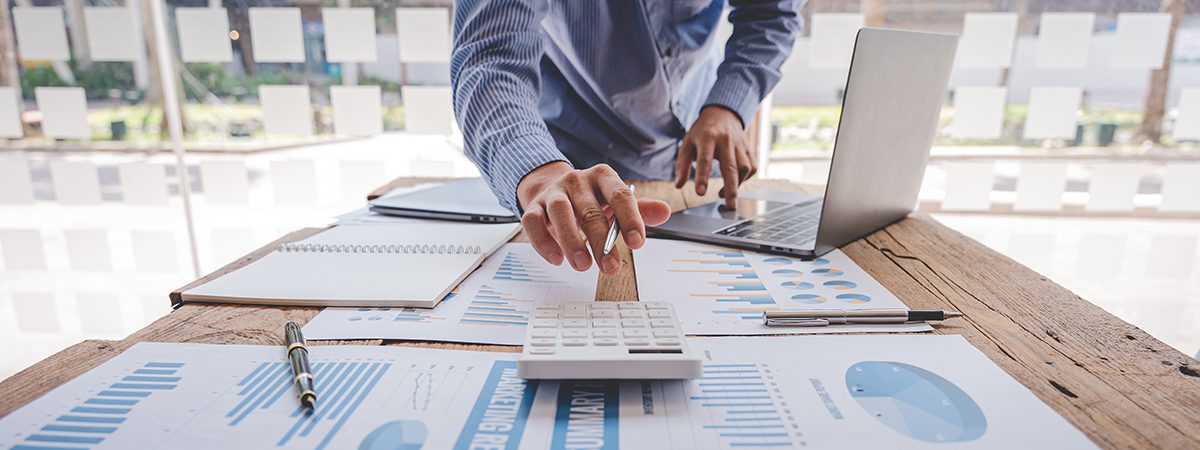There are several benefits to making a home more energy efficient. For one thing, there’s the knowledge that you’re doing your part for the planet. There’s also the potential to save money on utility costs — sometimes a significant amount.
But many of the homes you’ll see on the market today aren’t so energy efficient. And if you know you want to make those types of upgrades from the start, then you may want to consider forgoing a traditional mortgage loan and taking out a green mortgage instead.
How a green mortgage works
With a green mortgage, you borrow a sum of money to not only purchase a home, but make energy-efficient improvements. The upside of going this route is that you get the same borrowing rates and terms for your updates as you do for a non-green mortgage. That could be a cheaper route to take than signing a purchase mortgage and financing those updates separately.
Getting a green mortgage could also make it possible to update your home sooner than you’d be able to with a traditional mortgage. For some people, the only cost-effective way to finance energy upgrades is by tapping home equity. But it can take time to build that equity up, so a green mortgage solves for that by giving you access to that money right away.
There are some rules you'll need to follow
If you’re interested in taking out a green mortgage, you should know that there are some specific rules you might need to follow. First of all, there’s a limit as to how much you can borrow for the energy-efficient upgrade portion of your mortgage.
Fannie and Freddie Mac won’t let you borrow more than 15% of the post-update value of your home. What this means is that if you’re looking to buy a $200,000 home whose value will rise to $240,000 once energy-efficient updates are made, you can’t borrow more than $36,000, or 15% of $240,000.
Also, you’ll generally need to have an energy assessment performed on your home before you can get approved for a green mortgage. That will involve having your home’s energy systems analyzed and getting estimates of the energy savings different projects are likely to result in.
Finally, you generally need to commit to doing your energy-efficient upgrades within a preset period of time after signing a green mortgage — commonly three to six months. But then again, a big reason to take out a green mortgage in the first place is to not have to put off those upgrades.
Can you refinance into a green mortgage?
If you’ve been in your home for a few years and are looking to make it more energy efficient, it may be possible to refinance into a green mortgage. But whether that makes sense at a time like this is questionable.
If you refinanced your mortgage in 2020 or 2021 when borrowing rates fell to record lows, then you’re probably going to end up with a much higher interest rate on a new mortgage today. So in that case, you may be better off borrowing against your home equity to finance energy-efficient improvements.
Subscribe to Our Newsletter
Byline Bank sends regular insights on how to stay on top of your personal and business finances. Sign up today!
This article was written by Maurie Backman from The Motley Fool and was legally licensed through the DiveMarketplace by Industry Dive. Please direct all licensing questions to [email protected].





